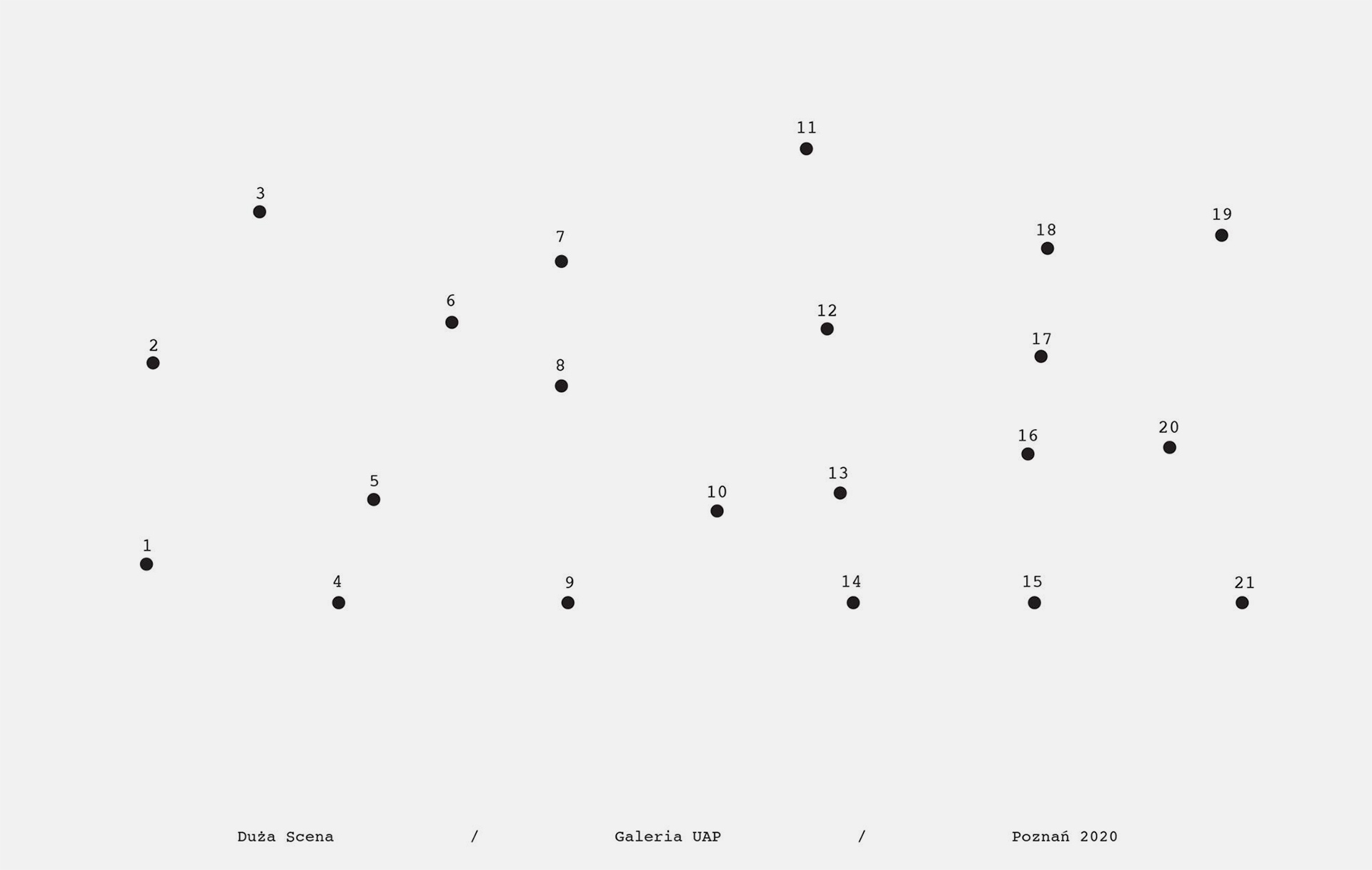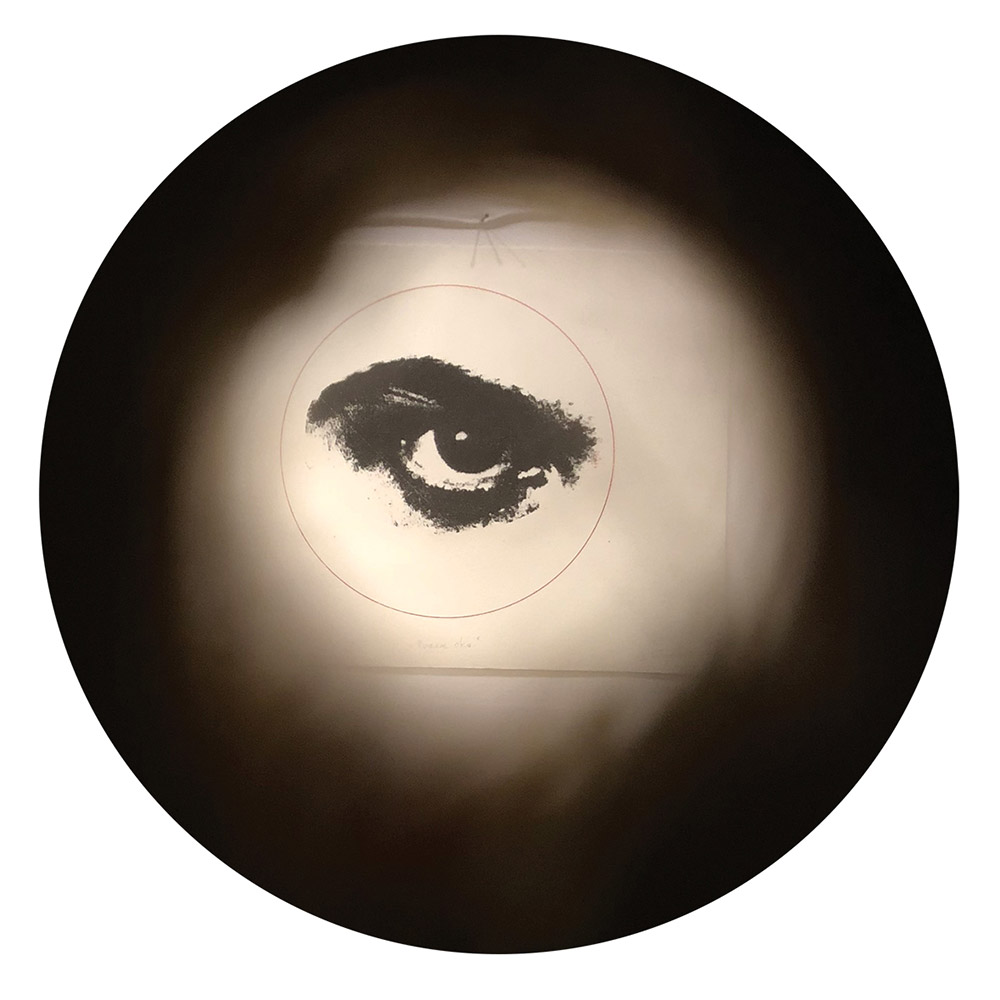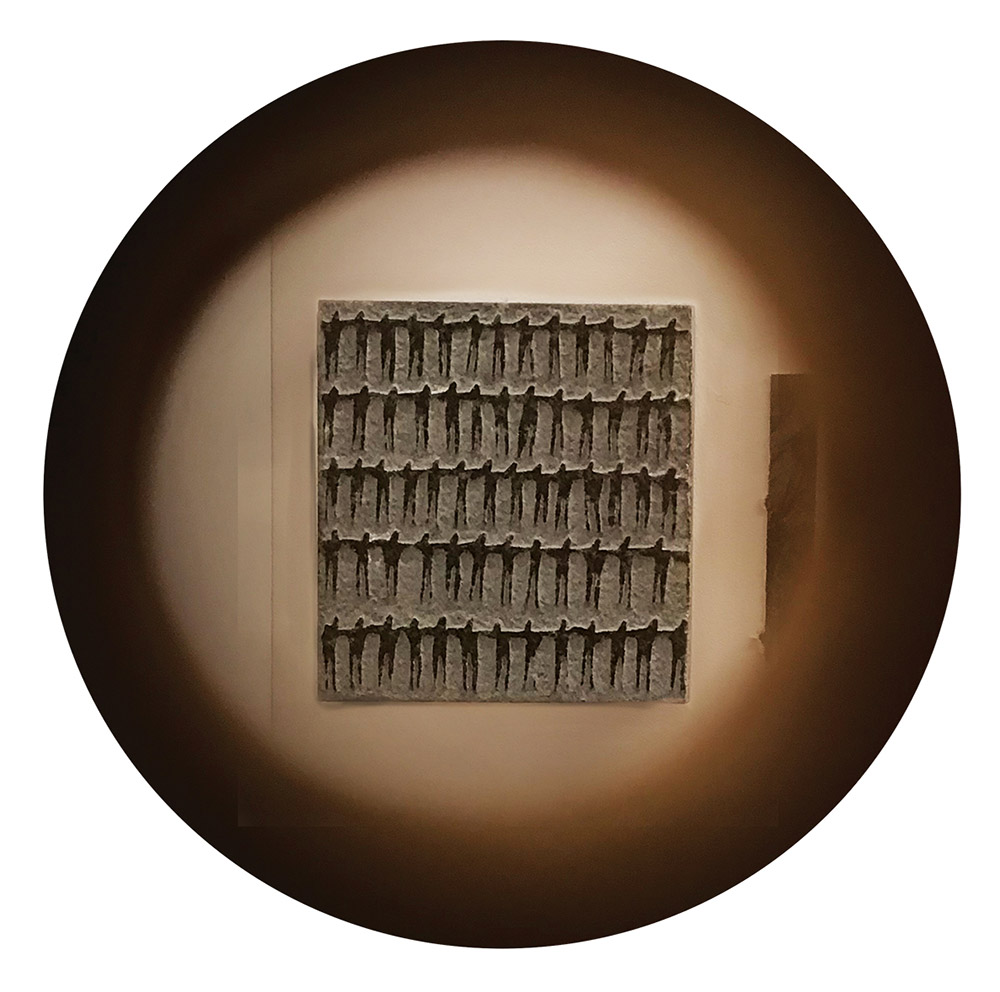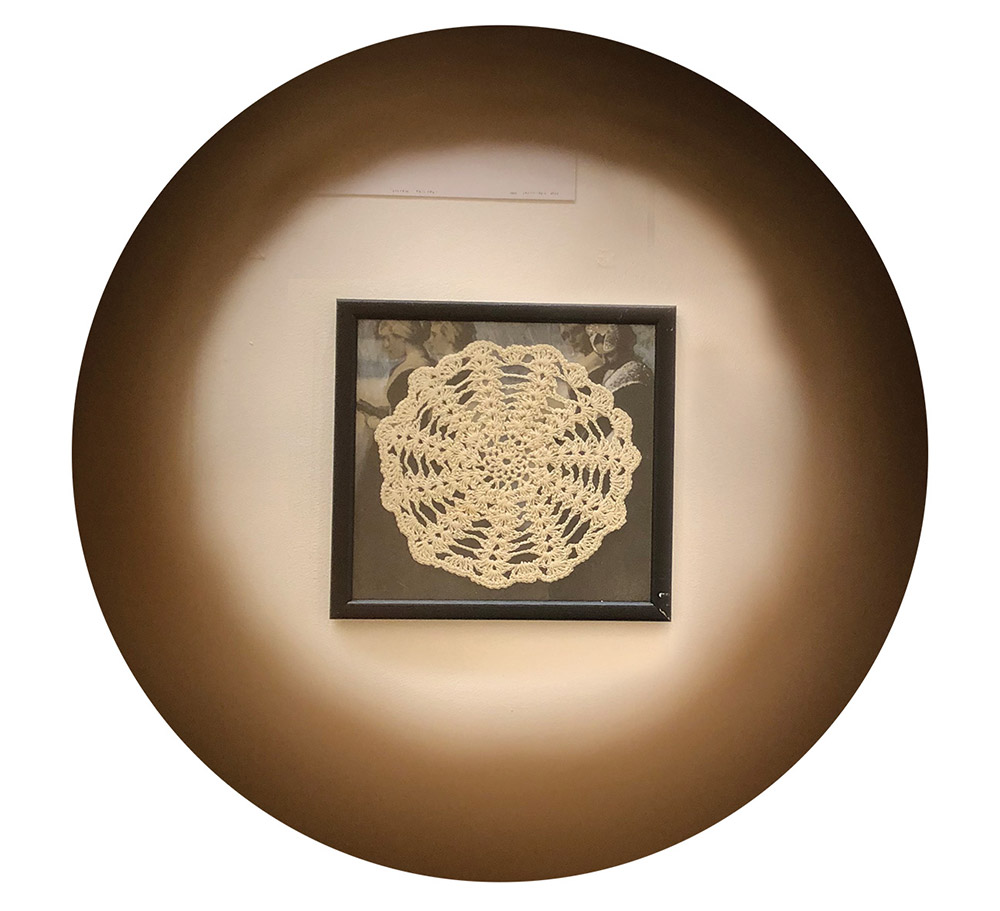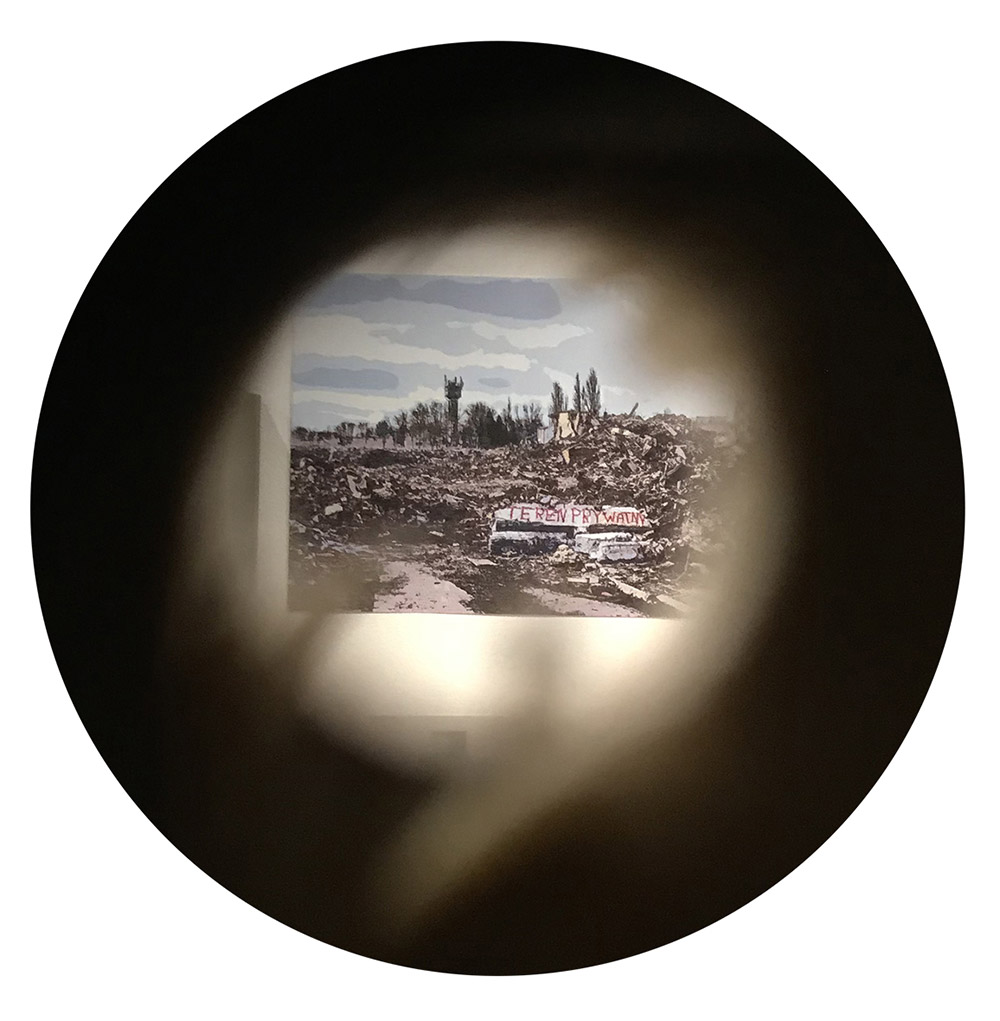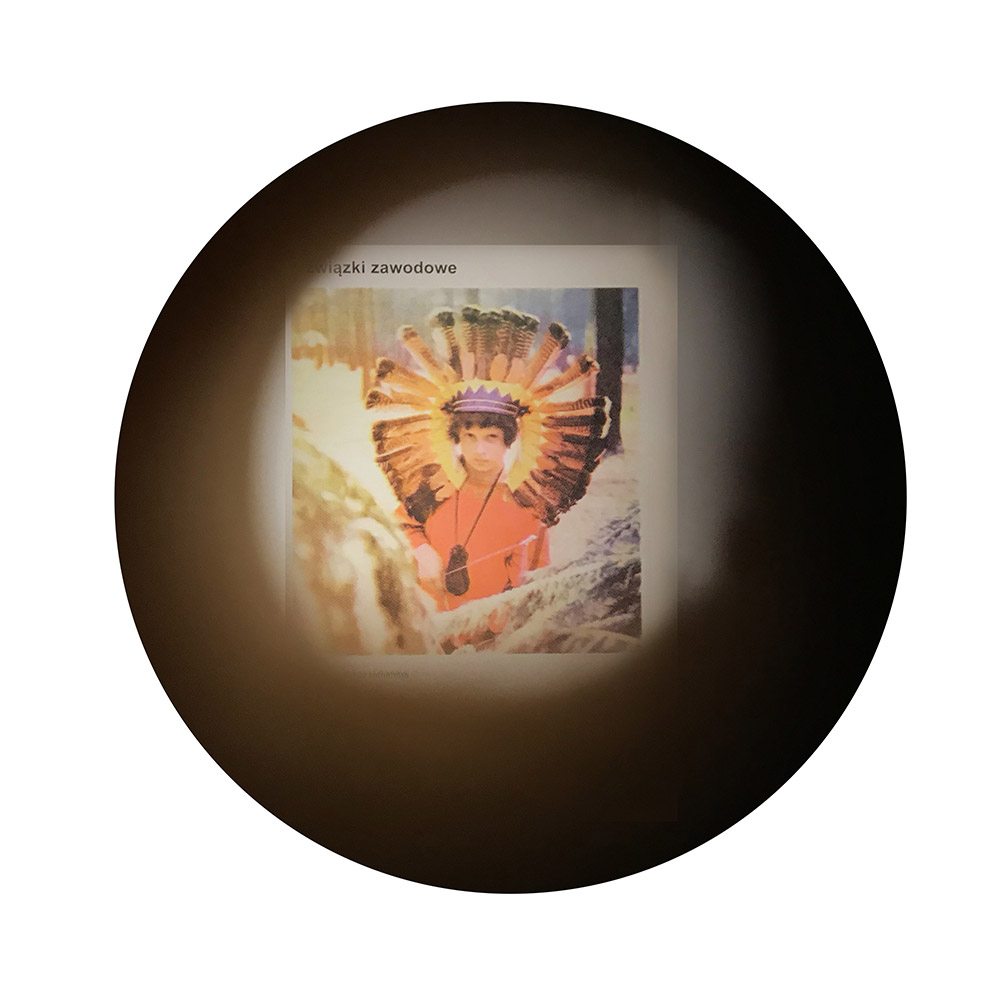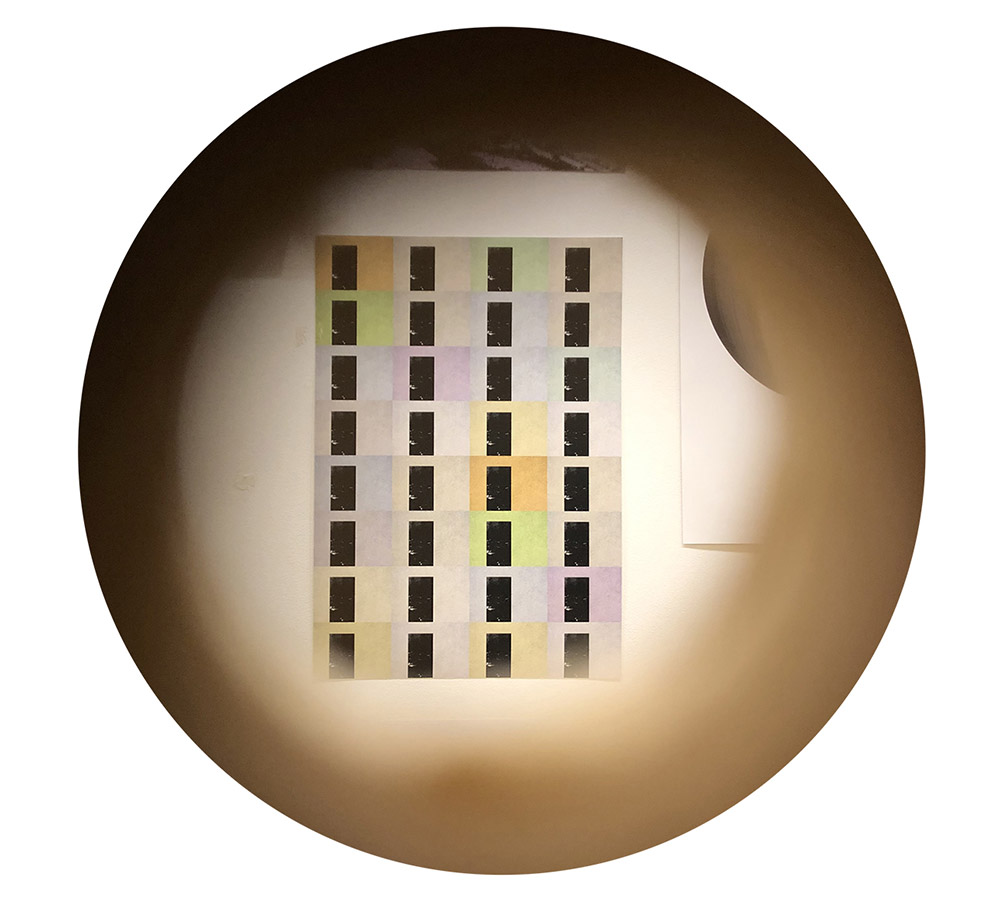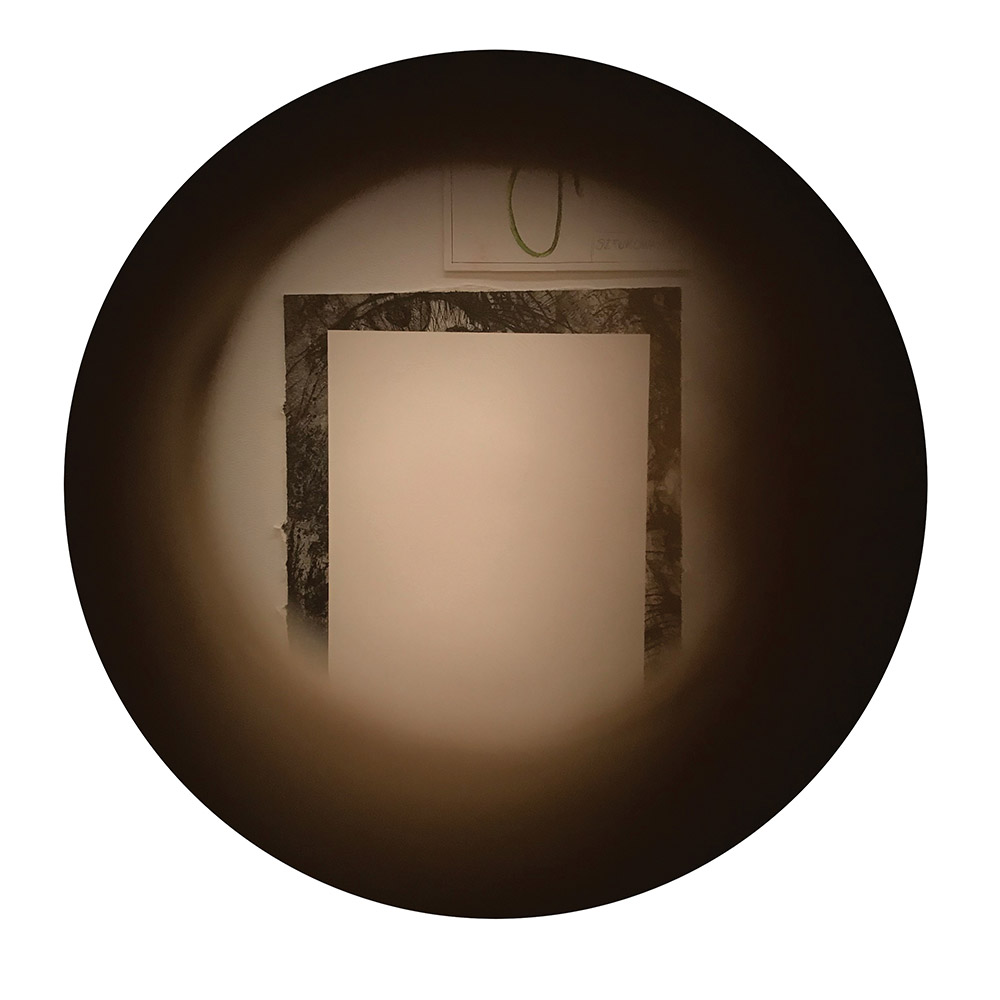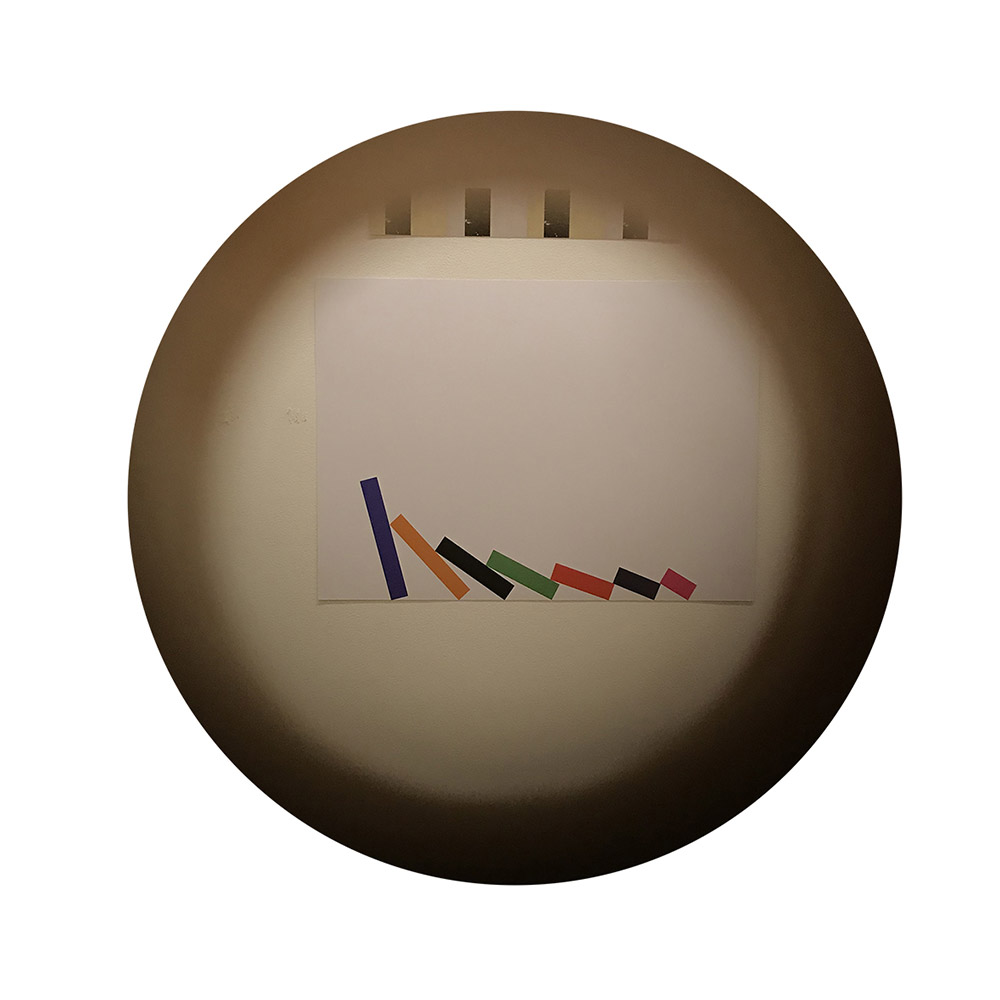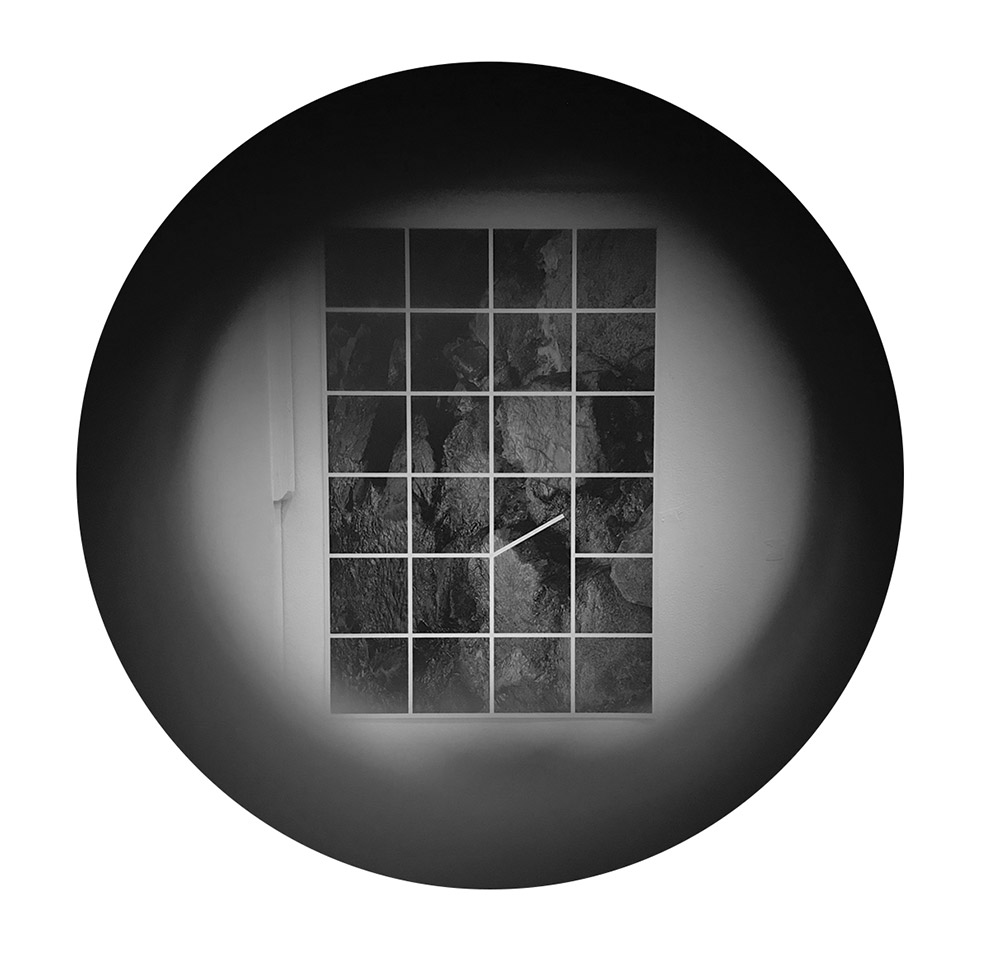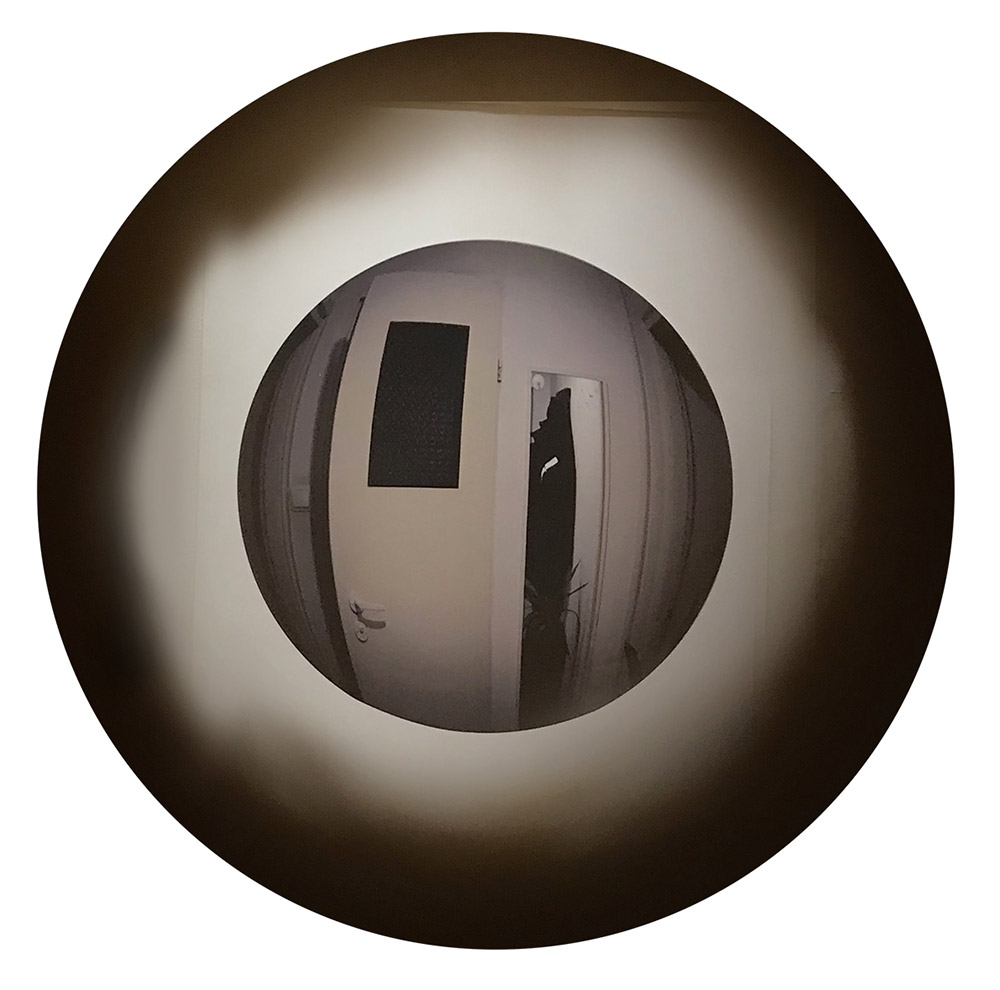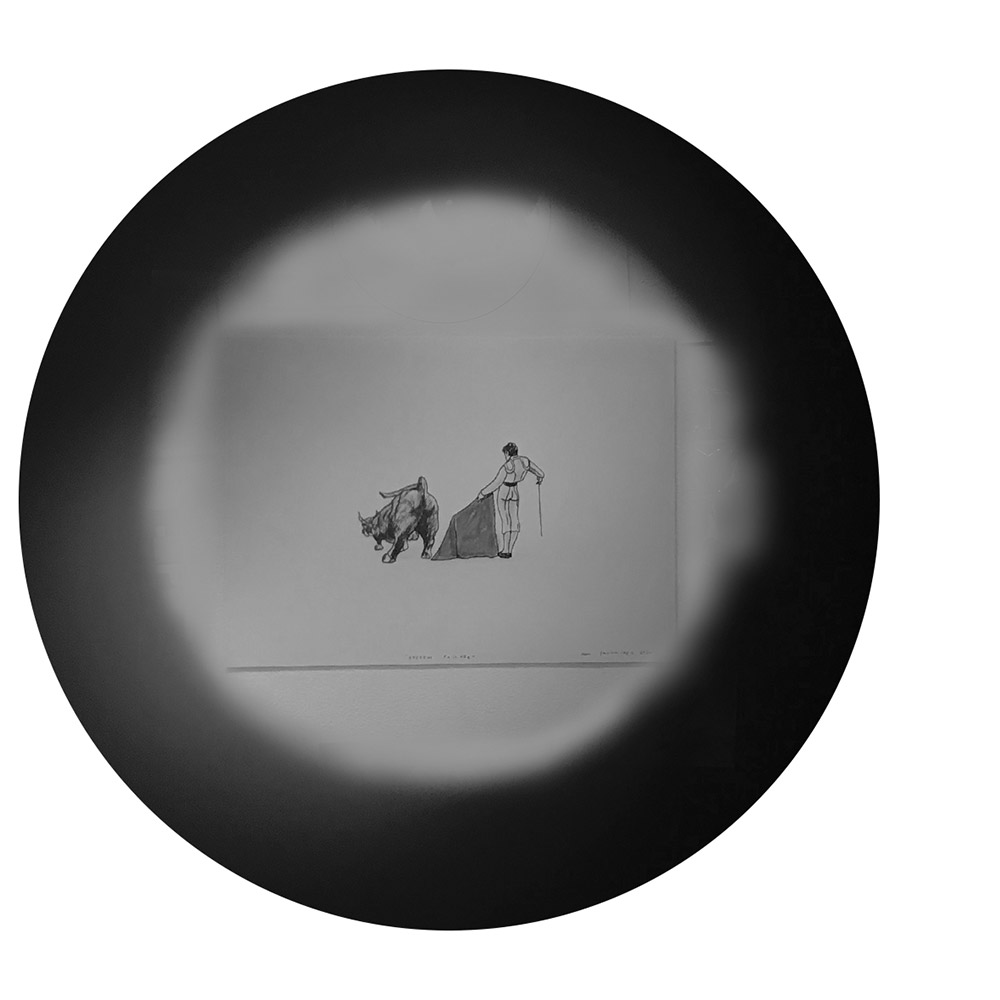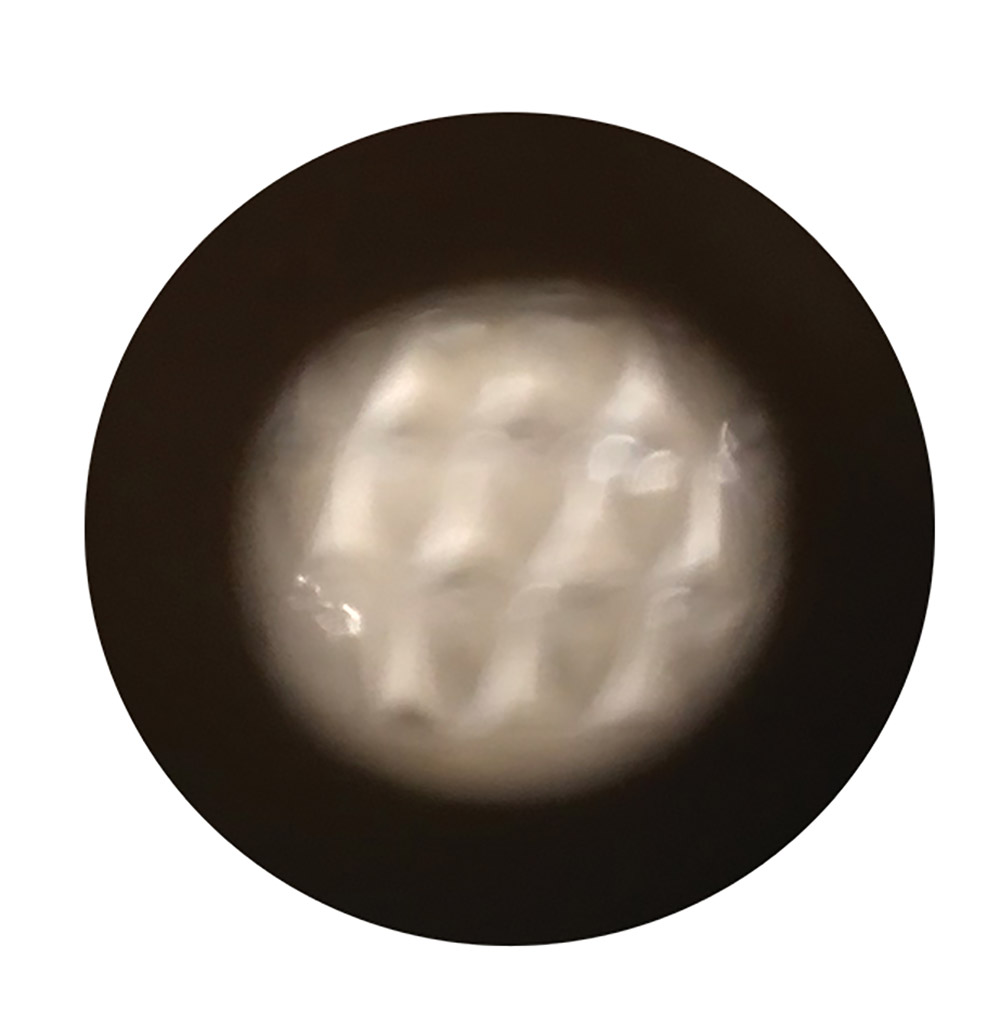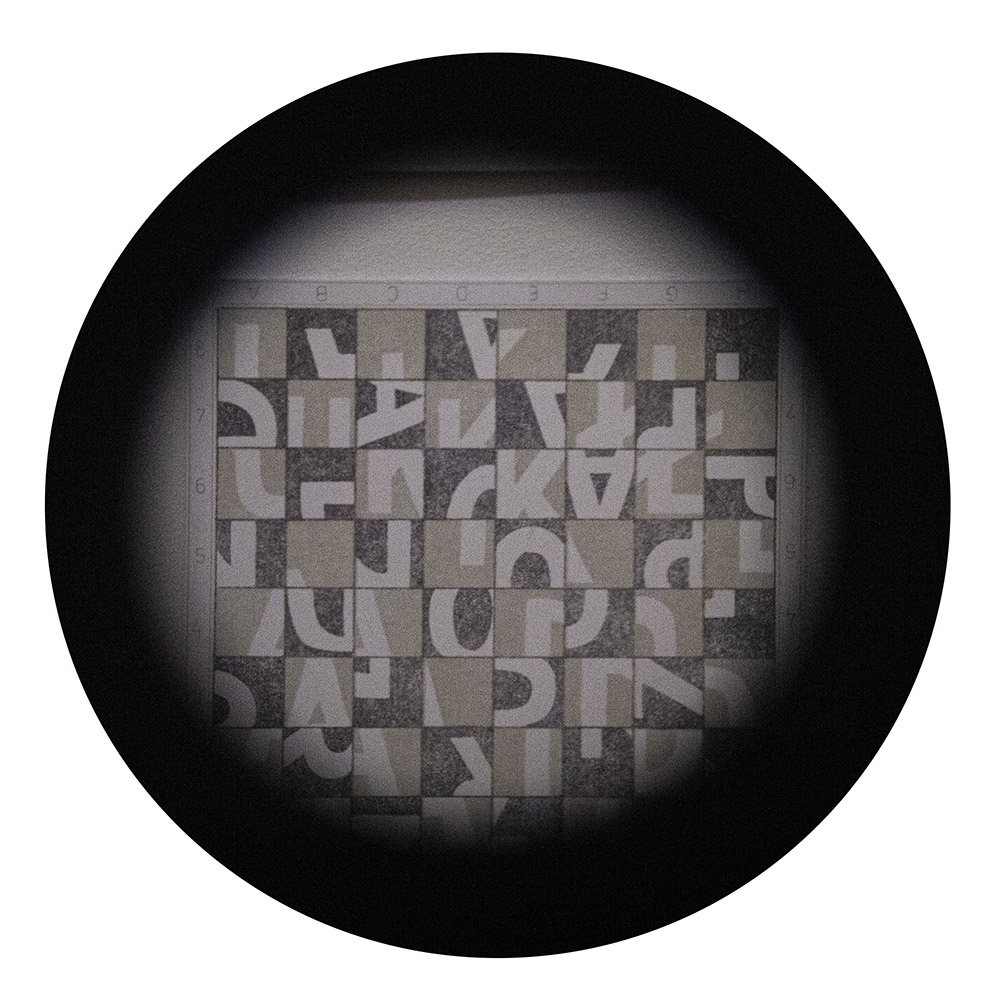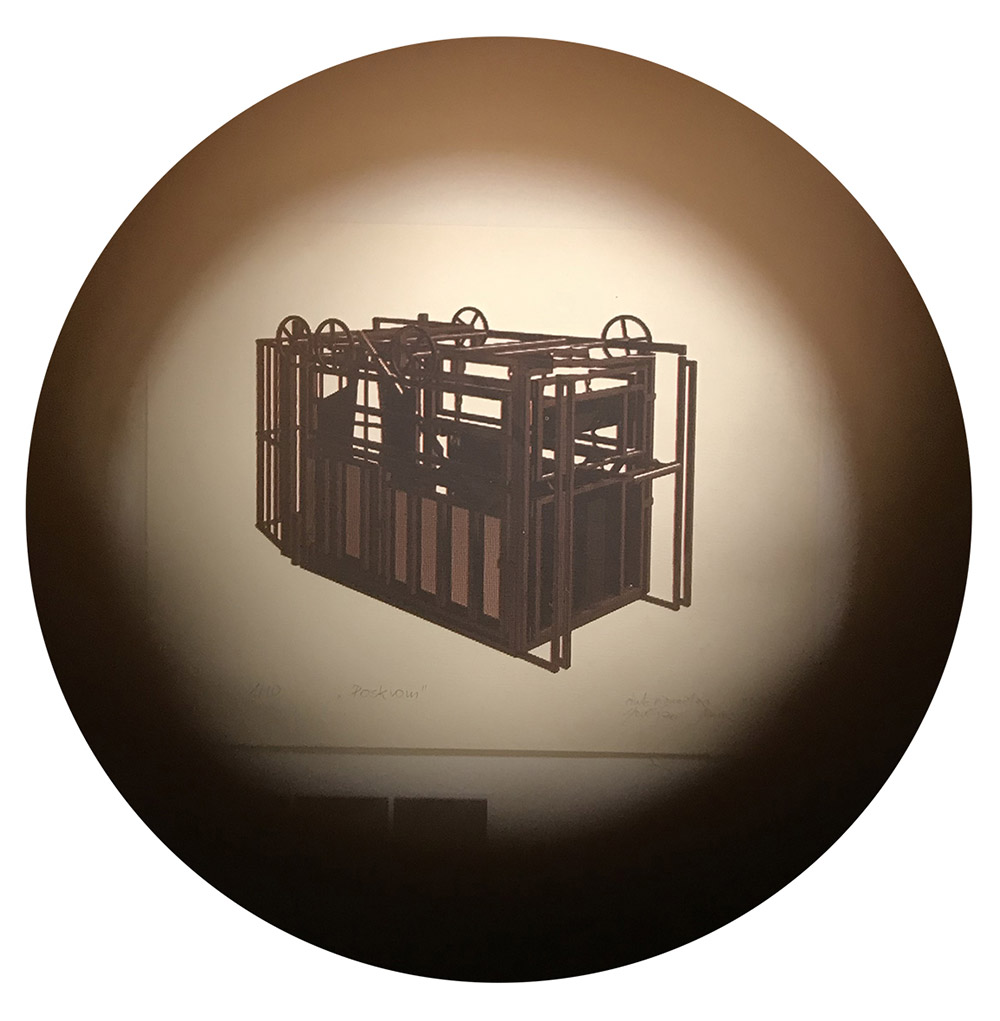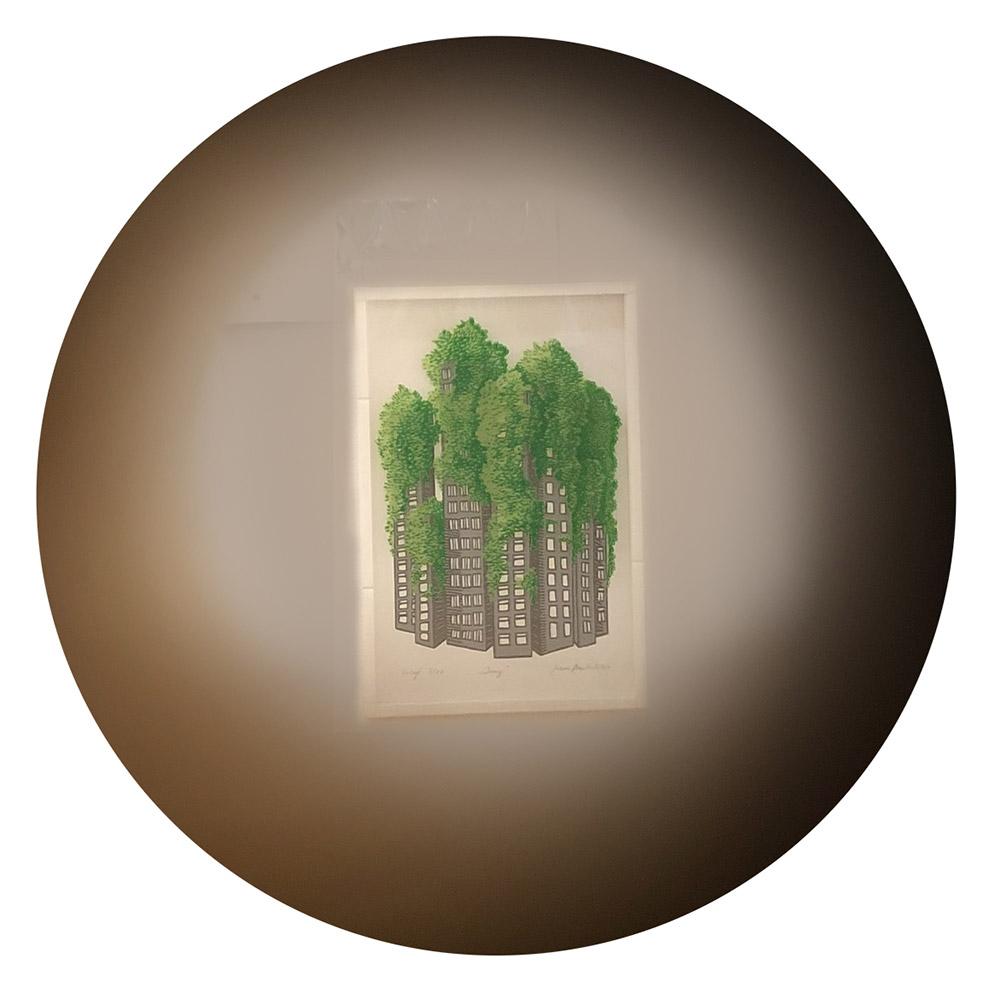Department of Graphic Arts
Exhibition is part of Obszary Sztuki
21.05 – 30.06.2020
Galeria Duża Scena UAP, Miejskie Galerie UAP
ul. Wodna 24, Poznań
Curator: Maciej Kurak
ARTISTS:
Andrzej Bobrowski
Agnieszka Maćkowiak
Milena Hościłło
Maciej Kurak
Radosław Włodarski
Urszula Szkudlarek
Martyna Pakuła
Piotr Szurek
Maryna Mazur
Aleksandra Kosior
Stefan Ficner
Maksymilian Skorwider
Dorota Jonkajtis
Grzegorz Nowicki
Krzysztof Balcerowiak
Michał Tatarkiewicz
Witold Modrzejewski
Tomasz Jurek
Jarosław Janas
Maciej Kozłowski
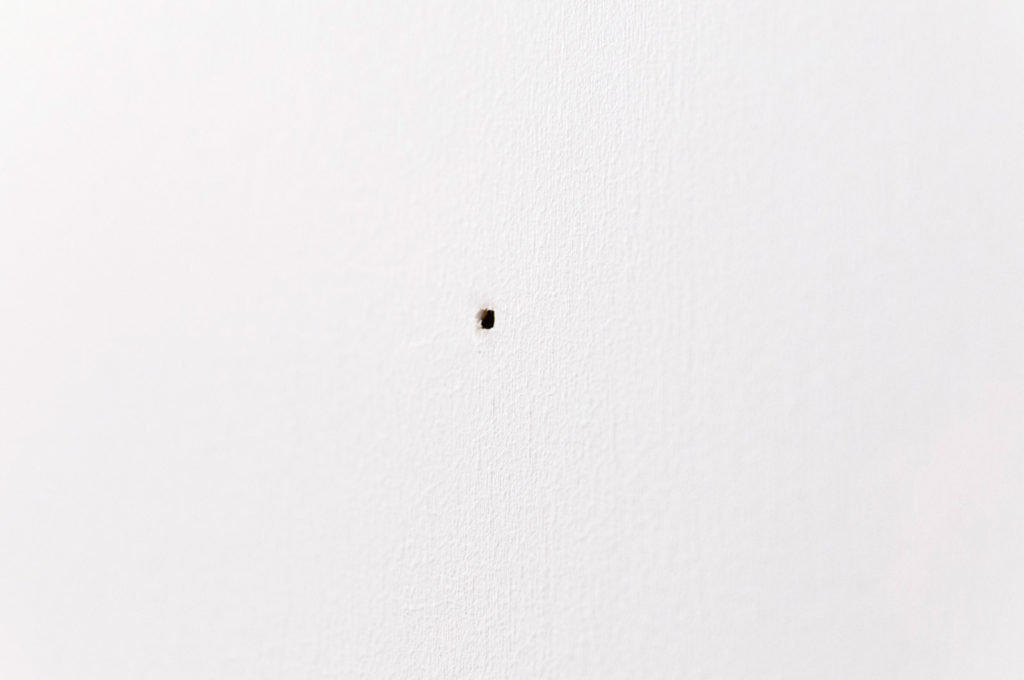
THE SYSTEM
The system is a set of rules that are aimed at improving the functioning of society and maintaining existing cultural values. The attempt to develop and maintain standards of social behaviour is already utopian since it is impossible to establish timeless ways of functioning. Cultural, political and social systems stop fitting the changing environment and become stereotypes over time. Creating the system refers to the idea of ‘better reality’, which also deforms and often disappears over time. Systems as regulations that facilitate the functioning of an individual in society strengthen their position, often destroying freedom and development opportunities. Being ordered sets that serve specific organisation rules, they enable capital accumulation and ensure the development of a free market economy. In this kind of reality, they are a machine way of organising work and life, the foundation of industrial culture, which is based on repetitive schemes establishing the direction of civilisation development. The system often helps in achieving a given goal, but at the cost of compliance with the rules. When adapting to the guidelines, an individual changes their behaviour. The adopted rules imposed by the system modify intentions. The need for a comfortable life is often associated with taking up work that is not in line with interests, is not satisfying and also takes up most of one’s private time. Just like consumers who are able to buy more once they subordinate their requirements to the offer that the market imposes on them. Therefore, the benefits of mass production are only used by combining anti-individual work with equally anti-individual consumption. ‘The production of standardized things by persons demands also the production of standardized persons.’1
The administered world ‘produces a submissive population.’2 This applies to both liberal democracy and totalitarian regimes (Stalinism, fascism). The system affects society through legal regulations (for example, traffic is regulated by the road, maritime and aviation codes) and community customs and traditions.3 The repeatability and mechanical method of operation characterising the systems contributes to the mass production and distribution of goods, including art objects. As a consequence, artistic forms are created using materials of industrial production (video, installation, objects),4 as well as products of universal culture, which is widely available thanks to technology and uniformity.
Popular culture dependent on market functioning supports the economic system, which is based on capital accumulation. Seeking public approval, it produces communicative content and attractive products. On the other hand, art is treated as a social emancipation project. It is in opposition to the prevailing culture, yet it does not achieve autonomy as it is entangled in a system of mass models. It turns out that in order to perform a critical function, art must be visible and communicative and it is therefore subject to external influences, often using propaganda and infantile content.
Today, the principal reason for the social ineffectiveness of works of art that do not make concessions to primitive propaganda is that, in order to resist the omnipotent communication system, they must give up those means of communication that could bring them closer to people. The practical impact of art, however, lies in hardly perceptible transformation of consciousness, and not solemn talk … art is practice if it shapes consciousness, but it becomes it only if it does not persuade anything.5
On the other hand, art focused on immanent problems related to the creation of an image in a broad sense, is absorbed by the prevailing market system and treated neutral in relation to the established global economic order. The paradox of all its opposition persists thanks to its identification with what it strongly protests against.6 While propagating art serves its popularisation, remediation consists in adapting works of art to the common canons of culture. Works of art are authenticated by including them in the systems of institutional functioning (institutes of culture, museums and universities). Thanks to the activity of these centres, works of art are confirmed and made available to the public through various forms of mass culture (film adaptation, reproduction, journalism). Manufactured or reinterpreted, they lose their originality and uniqueness. ‘Identity of mode of production defines the work of a machine, the aesthetic counterpart of which is the academic.’7 At the same time, the weakness of those who follow the academic does not lie in the fact that they rely on tradition, but in the fact that tradition has not penetrated their minds and the structure of their personal views and performance.8
The development of the system is aimed at creating long-term plans, thus maintaining the applicable law and customs. It turns out that a system-based organisation enhances bureaucratism, which is most strongly developed in free market economy systems.9 Systems do not contribute to creative individualisation, nor do they serve individual and personal needs. Rather, they support group activity by creating behavioural principles. This evokes the opposition of artists who do not accept the system that ultimately leads to the massification of ideas. It is equally obvious that if there is no individual self-expression and freedom of action, a product will become just one more example of a given genre. It will lack freshness and originality that only characterises individual things.10 Originality, individuality, innovation and progressiveness are the characteristic features of artistic activity that revises life and reveals imperceptible things.11 This kind of artistic activity creates anti-patterns and breaks thinking standards. It presents dangerous patterns of behaviour and degeneration of systems, which seem to be pro-social in the initial phase. It reveals the impact of established and binding rules on common behaviours that are structured to limit spontaneity. The current art in relation to the global supreme system – the capitalist economy of the world – is characterised by a homogeneous mechanism of market functioning determining all human activity.
We are in a capitalist system only when the system gives priority to the endless accumulation of capital. … If we say that a system ‘gives priority’ to such endless accumulation, it means that there exist structural mechanisms by which those who act with other motivations are penalized in some way, and are eventually eliminated from the social scene ….12
The system that regulates the principle of capital accumulation leads to divisions and social inequality. The result of this system is the historically shaped and persistent polarisation of society (including the division into the bourgeoisie, the proletariat and enrichment at the expense of the poorer regions of the world). The economy dominated by the rich part of the world and the system that primarily facilitates the development of privileged regions are supported by the appropriate media image. It is believed that economic inequalities arise from the fact that the poor parts of the world are accustomed to pre-capitalist economic systems, and not from their actual backwardness. The consequence of this belief is the polarising logic of the expanding capitalist system. The same applies to the historically formed economic difference between the East and the West, which is not the result of the survival of some old political and economic organisation in less developed regions, but is created through a new system of profits and losses consisting in generating income at the expense of the weak. The growing advantage of one area over another results from the economic organisation that forces poor societies to adapt to the principles and methods of production, which are based on the production of less profitable raw materials in the capitalist economy.13 The economic division of the world into diversely economically developed regions persists despite the possibility of rapid movement and transport of goods.
The system dividing the world into the periphery, the semi-periphery and the core influences the capitalist, global law of ‘double standards’14 favouring rich countries. They have been established by international organisations, including the World Bank and the International Monetary Fund. An attempt to maintain the system stability involves concealing its flaws that usually evoke social disapproval. The system based on speculation and propaganda supports repression, exploitation and only private interests. The system based on the principles of efficiency supports one model of an individual’s functioning based on competition and stimulation by practical ideas and extreme individualism.15 In the fragmentarily shaped reality, as in industrial production focused primarily on increasing productivity, fields and activities are divided and attention is distracted, preventing a wider view of reality and thus inhibiting consistent and rational criticism of the adopted economic system. This way of organising involves many activities, including in art and culture. Attributing higher-order values to art and philosophy ‘which should not and indeed did not disturb the order of business’16, allows greater control over content that undermines existing systems. As a result, critical and independent art loses its impact as it is identified with alternative design and social practices whose impact on the established economic system is limited. What is more, the system based on raising capital and maintaining the social status quo effectively eliminates all those activities that are not subordinated to it in a more or less direct way. As Adorno puts it, ‘… anything which does not conform to the standard of calculability and utility must be viewed with suspicion.’17 Everything based on rational justification seems to be rational. The preferred tendency to describe something as ‘truly good and right’ is associated with the formation of goals and organisation of systems. ‘The necessity of acknowledging a fact or goal never follows from its pure existence; rather, acknowledgment occurs only when knowledge has freely determined that the fact or goal is in accordance with reason. The rationalist theory of society is therefore essentially critical.’18
The economic system that affects other areas of life, including science, plays a dominant role in shaping the value of contemporary culture. The scientific verification system is based on an economic interpretation of performance, not on free experimentation and long-term research. Hence, researchers must comply with applicable rules, set top-down by political authorities enforcing capital accumulation laws. The paradoxical nature of the functioning of systems setting out rules of conduct involves frequent devaluation of goals. Those associated with an institution and subordinated to the system often achieve their goals using this system differently than they were appointed to do. As a consequence, these individuals make seemingly productive efforts for the general public but, in fact, they care primarily about their own interests (for example, work-to-rule). This kind of behaviour is also adopted by those who occupy higher positions in institutions thanks to acquired skills in using social competences. Economists call this rent-seeking, which is ‘getting income not as a reward for creating wealth but by grabbing a larger share of the wealth that would otherwise have been produced without their effort. … Those at the top have learned how to suck out money from the rest in ways that the rest are hardly aware of – that is their true innovation.’19 Negative effects of the activities of rent-seekers are borne by other people associated with the institution, most often colleagues who are (usually unknowingly) part of the faulty system.
Systems which intentionally omit facts are dangerous and act to the detriment of society. They use mechanisms characteristic of medialisation of culture, where information is subordinated to the rules of the language of the media. In this situation, only those messages whose authenticity and position are given by the mass media become credible. This promotes information manipulation, for example, by concealing certain facts and presenting others. For example, during the economic crisis in Greece in 2008, attempts were made to conceal the actual revenues generated by some European Union countries offering assistance in the form of percentage profit from the loan granted. ‘In the end, then, it was not so much European solidarity that endangered the “help” that Germany provided to its neighbors as it was self-interest.’20 The system related to constructing messages in media communication (television, radio, internet …) is based on the structure of a work of art, whose content and form creates a homogeneous whole, and the way of exposure influences the meaning of the work. Given the principle that every piece of information must be properly structured to be understood, artists refer to the rules of creating a realistic image, where selection and unification are among the methods applied.21 Creators often adopt an activist attitude that can be used to reveal abuse and uncover system flaws, including dishonesty, speculation and violence.22 Implementing the postulates of art, artists are responsible for creating a new system23, which is replaced by new ones over time. Artists from the Department of Graphic Arts of the University of Arts in Poznań take part in this kind of activities as part of the exhibition entitled ‘The System’. Their works refer to irregularities generated by local and global institutions in social and political systems related to educational and cultural rules. The authors’ critical look at these issues reveals how contractual, fleeting and shaky social regulations are. It shows that ideal systems do not exist.
Maciej Kurak
- Ralph Ross, Ernest van den Haag, The Fabric of Society, New York: Harcourt, Brace and Company, 1957, p. 173. [↩]
- Rafał Czekaj, Krytyczna teoria sztuki Theodora W. Adorna, Kraków: TAiWPN UNIVERSITAS, 2013 (my translation). [↩]
- ‘Using the delicate difference in the meaning of words (tradition and heritage), it can be said that “tradition” implies confrontation with the past, the need to make a decision, and “heritage” is the only type of legacy that must be uncritically obeyed.’ Wojciech Włodarczyk, Socrealizm. Sztuka polska w latach 1950-54, Paryż: Libella, 1986. [↩]
- Artists react to industrial culture by using ready-made objects or industrial technology to produce materials (for example, Marcel Duchamp, Vladimir Tatlin, Donald Judd, Anish Kapoor) or by creating original works, where errors of artistic gesture are often visible (for example, Andy Warhol, Paul McCarthy, Tunga and others). [↩]
- Cf. Theodor W. Adorno, Aesthetic Theory (p. 441), [as quoted in:] Rafał Czekaj, Krytyczna teoria sztuki Theodora W. Adorna, TAiWPN UNIVERSITAS, Kraków 2013 (my translation). [↩]
- Cf. Theodor W. Adorno, Aesthetic Theory, London: The Athlone Press, 1997, p. 244. [↩]
- John Dewey, Art as Experience, New York: Penguin,2005, p. 112. [↩]
- Cf. Ibid. [↩]
- See: David Graeber, The Utopia of Rules: On Technology, Stupidity, and the Secret Joys of Bureaucracy, London: Melville House, 2015. [↩]
- Cf. John Dewey, op. cit. [↩]
- For more on the role of art in the context of politics see: Jacques Ranciére, Dzielenie postrzegalnego. Estetyka i polityka, Kraków: Korporacja Ha!art, 2007. [↩]
- Immanuel Wallerstein, World-systems Analysis: An Introduction, Durham and London: Duke University Press, 2005, p. 24. [↩]
- For more see Jan Sowa, Ciesz się, późny wnuku! Kolonializm, globalizacja i demokracja radykalna, Kraków: Korporacja Ha!art, 2008. [↩]
- For more see Joseph Stiglitz, The Price of Inequality: How Today’s Divided Society Endangers Our Future, New York and London: W. W. Norton & Company, 2012. [↩]
- For more see Herbert Marcuse, One-Dimensional Man: Studies in the Ideology of Advanced Industrial Society,Boston: Beacon Press, 1964. [↩]
- Ibid., p. 61. [↩]
- Theodor W. Adorno, Dialectic of Enlightenment, Stanford: Stanford University Press, 2002, p. 3. [↩]
- Herbert Marcuse, Negations: Essays in Critical Theory, London: MayFly, 2009, p. 9. [↩]
- Joseph Stiglitz, op. cit., pp. 39-40. [↩]
- Joseph Stiglitz, The Euro: How a Common Currency Threatens the Future of Europe, New York and London: W. W. Norton & Company, 2016 (online version; no pagination). [↩]
- Marek Krajewski, Kultury kultury popularnej, Poznań: Wydawnictwo UAM 2005. [↩]
- Pixadores, The Yes Men… [↩]
- See Pierre Francastel, Sztuka a technika, Warszawa: Państwowe Wydawnictwo Naukowe 1966. [↩]
